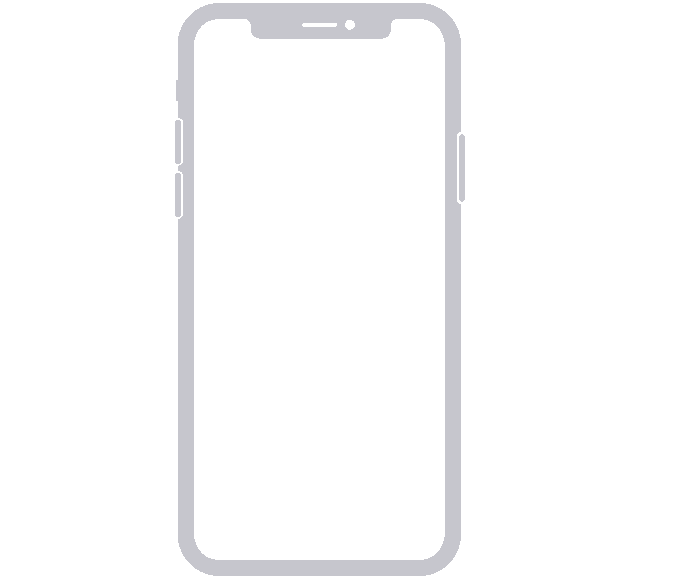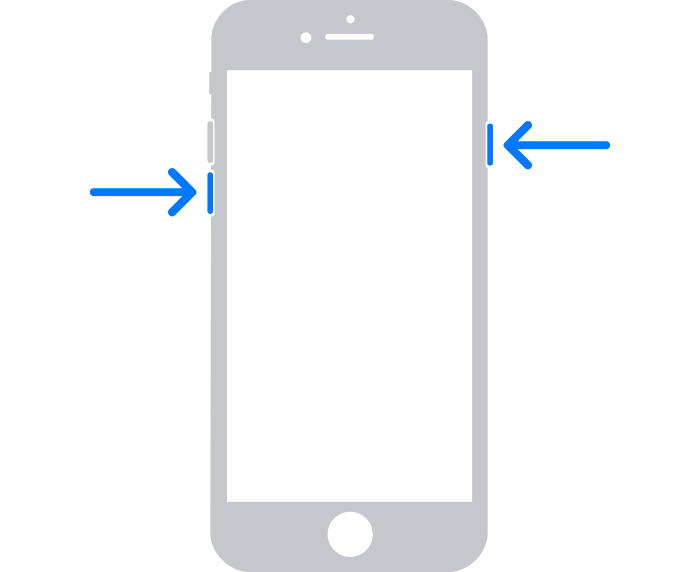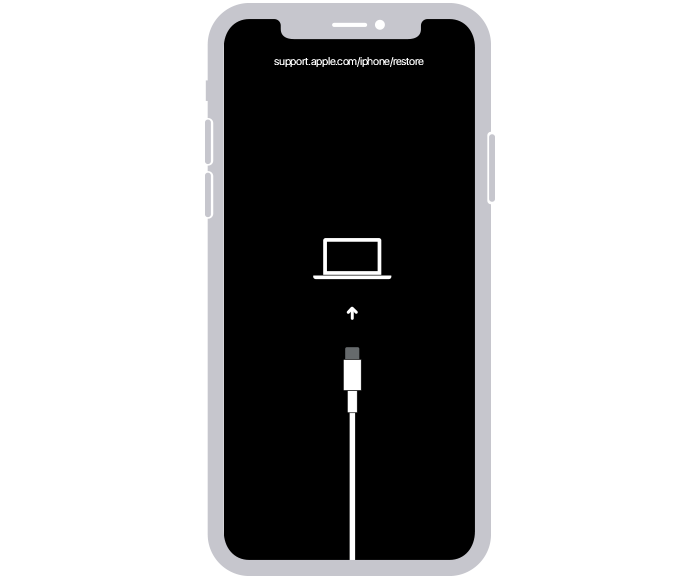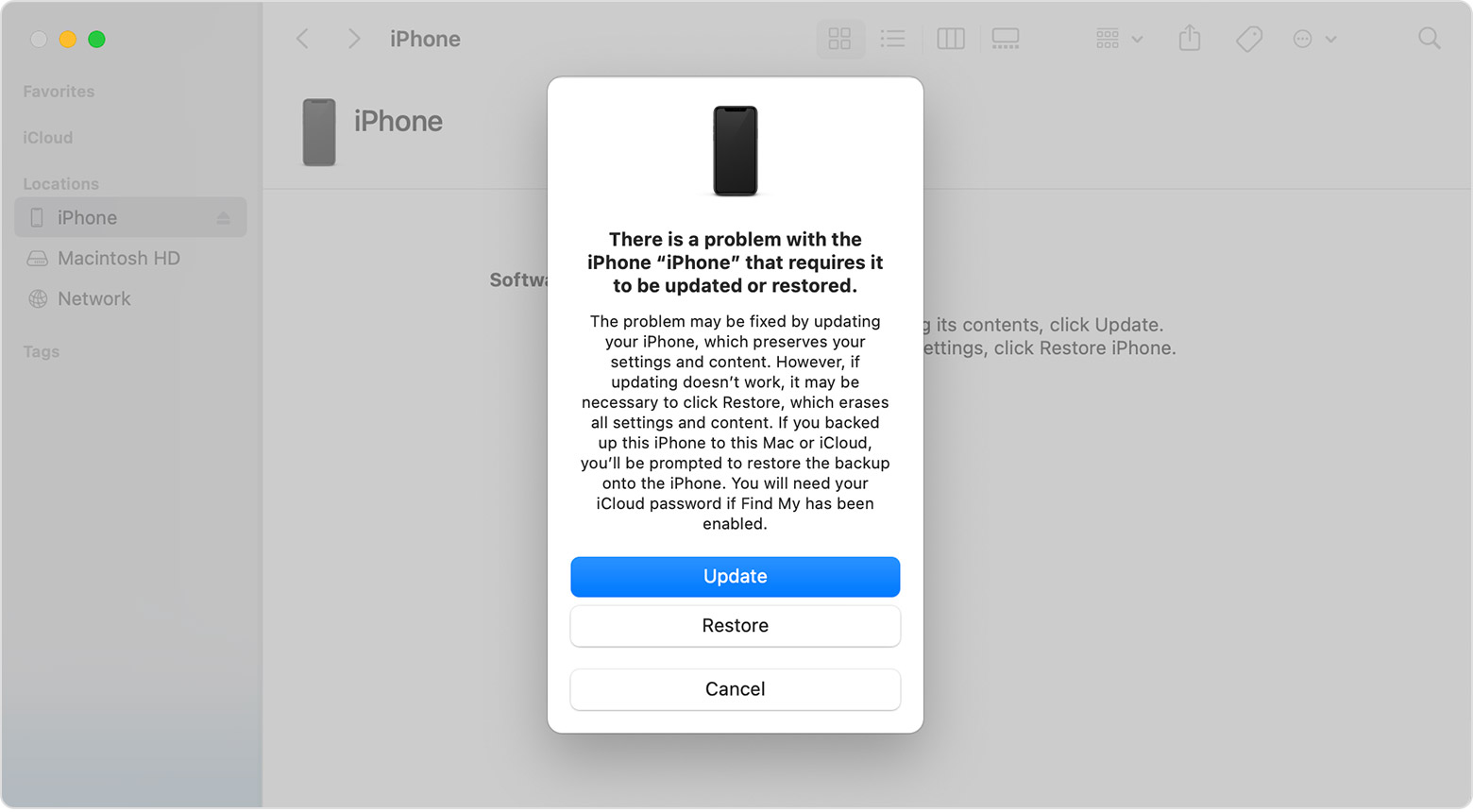The Ultimate Guide to Fixing Your Broken iPhone
Introduction
Dealing with a broken iPhone can be a headache, but fret not! Whether you’re facing battery issues, a cracked screen, or a malfunctioning home button, we’ve got you covered. This guide will walk you through troubleshooting common problems, protecting your device, data recovery, and more. Let’s dive in and get your iPhone back to its prime!
Troubleshooting Common Issues with Your Broken iPhone
Battery Issues
- Troubleshoot: Try resetting your device by holding down the power and home buttons simultaneously for 10 seconds. If the issue persists, consider replacing the battery.
Software Issues
- Troubleshoot: Restart your iPhone by holding down the power and home buttons simultaneously for 10 seconds. If that doesn’t work, consider restoring the device to its factory settings.
Hardware Issues
- Troubleshoot: Attempt a device reset by holding down the power and home buttons simultaneously for 10 seconds. If the problem persists, seek professional diagnosis at an Apple store.
Water Damage
- Troubleshoot: Dry your iPhone with a soft cloth and perform a reset. If issues persist, seek professional help to assess water damage.
What to Do When Your iPhone Screen Breaks
- Turn off your iPhone: Prevent further damage by powering down your device immediately.
- Contact Apple Support: Reach out to explore repair or replacement options.
- Visit a Repair Shop: If Apple support isn’t available, research and select a reputable repair shop.
- Protect Your Device: Shield your iPhone from further damage with a protective case or screen protector.
- Back Up Your Data: Safeguard your information before seeking repairs to avoid data loss.
Fixing a Broken iPhone Home Button
- Restart Your iPhone: Press and hold the power button, then swipe to power off. Power back on to recalibrate the home button.
- Calibrate the Home Button: Access Settings > General > Accessibility > Home Button to calibrate.
- Consider Replacement: If troubleshooting fails, seek professional repair or replacement options.
Tips for Protecting Your iPhone from Damage
- Invest in a Protective Case: Shield your device with a durable case.
- Avoid Extreme Temperatures: Keep your iPhone away from heat and direct sunlight.
- Keep it Clean: Regularly clean your iPhone to prevent damage from dirt and debris.
- Use a Screen Protector: Protect your display from scratches and cracks with a screen protector.
- Avoid Dropping Your Phone: Secure your grip on your iPhone to prevent accidental drops.
- Use a Case with a Built-in Stand: Opt for added stability when watching videos or playing games.
- Keep it Away from Water: Protect your iPhone from water damage by avoiding contact with liquids.
- Use a Protective Cover for the Charging Port: Prevent dirt and debris from entering the charging port.
- Keep it Away from Magnets: Minimize exposure to magnets to avoid interference with internal components.
- Keep it Updated: Ensure your iPhone is running the latest software to optimize performance and security.
How to Recover Data from a Broken iPhone
- Back Up Your Data: Utilize iCloud or iTunes to back up your data regularly.
- Use Third-Party Recovery Tools: Explore data recovery software options if you haven’t backed up your data.
- Seek Professional Help: Consult Apple Support or visit a repair shop for assistance with data recovery.
What to Consider When Buying a Replacement iPhone for a Broken One
- Determine the Model: Select the appropriate iPhone model for your needs.
- Consider Condition: Assess whether you prefer a new or used iPhone and ensure it’s in good condition.
- Evaluate Cost: Compare prices and factor in additional costs such as taxes and shipping fees.
- Prioritize Security: Ensure the replacement iPhone is secure with passcodes and two-factor authentication.
With these tips and tricks, you’re equipped to tackle any challenges that come your way with your broken iPhone. Remember to stay patient and seek professional help when needed. Your iPhone will be back in action before you know it!
Frequently Asked Questions (FAQs)
1. What should I do if my iPhone screen becomes unresponsive after dropping it?
- If your iPhone screen is unresponsive after a drop, try restarting the device by holding down the power and home buttons simultaneously for 10 seconds. If the issue persists, you may need to seek professional repair services.
2. Can I repair my broken iPhone screen myself, or should I seek professional help?
- While there are DIY repair kits available for iPhone screen repairs, it’s often recommended to seek professional help to ensure the job is done correctly and to avoid causing further damage to your device.
3. How can I prevent my iPhone battery from draining quickly?
- To prevent rapid battery drain, try minimizing background app refresh, reducing screen brightness, disabling unnecessary location services, and enabling Low Power Mode when needed. Additionally, consider replacing the battery if it’s aged or damaged.
4. Is it possible to retrieve data from a completely shattered iPhone?
- In some cases, data recovery may still be possible even if your iPhone is severely damaged. Professional data recovery services may be able to retrieve data from the device’s internal storage components.
5. Will using a third-party repair service void my iPhone’s warranty?
- Using a third-party repair service may void your iPhone’s warranty, depending on the nature of the repair and the terms of the warranty. It’s advisable to check your warranty coverage before seeking third-party repairs.
6. How long does it typically take to repair a broken iPhone screen?
- The duration of iPhone screen repairs can vary depending on the extent of the damage and the availability of replacement parts. In many cases, screen repairs can be completed within a few hours.
7. Can I continue using my iPhone if the screen is cracked?
- While it’s possible to continue using an iPhone with a cracked screen, it’s not recommended due to the risk of further damage and potential injury from broken glass shards. Prompt repair or replacement is advisable.
8. What should I do if my iPhone gets wet?
- If your iPhone gets wet, immediately power it off, dry it with a soft cloth, and place it in a bag of uncooked rice or silica gel packets to absorb moisture. Avoid using heat sources to dry the device, as this can cause further damage.
9. Are there any DIY methods for repairing minor iPhone issues?
- Yes, there are several DIY methods for addressing minor iPhone issues, such as cleaning the charging port with a soft brush, removing debris from the speaker grills with compressed air, and resetting the device to resolve software glitches.
10. How often should I back up my iPhone data to prevent loss?
- It’s recommended to back up your iPhone data regularly, ideally on a daily or weekly basis, to minimize the risk of data loss in the event of device damage, loss, or malfunction.
These FAQs address common concerns and provide valuable insights into handling various aspects of iPhone repairs and maintenance. If you have any additional questions, feel free to reach out for further assistance!




